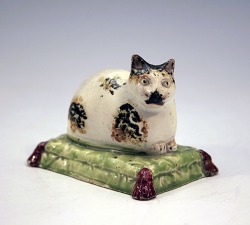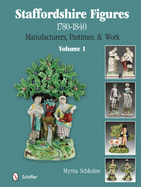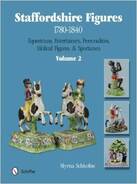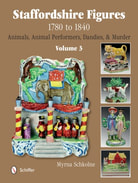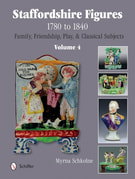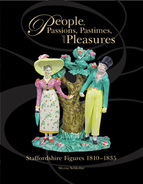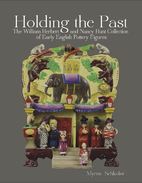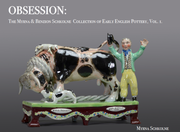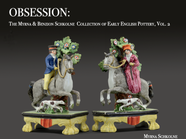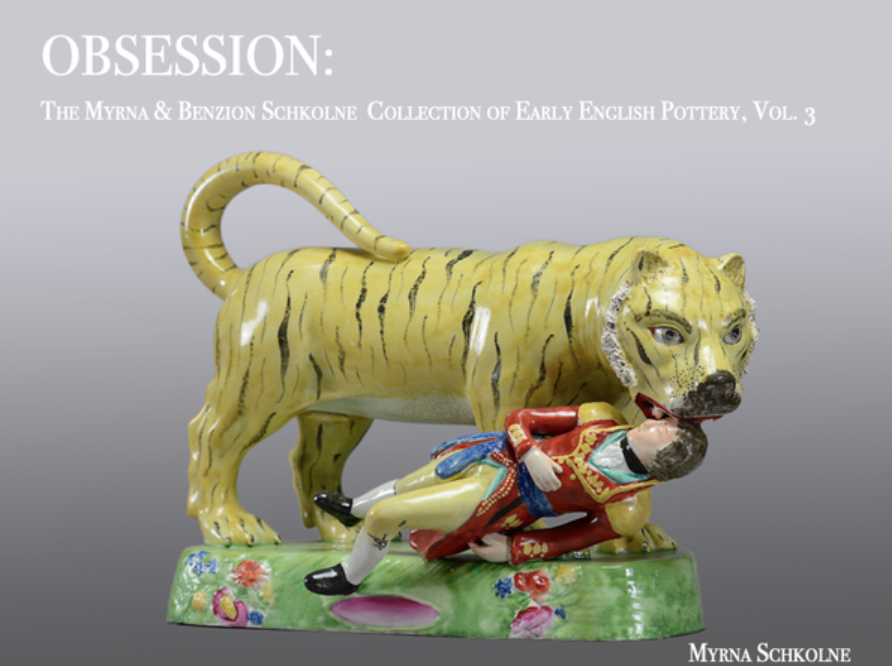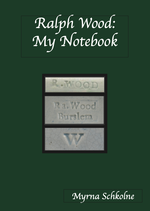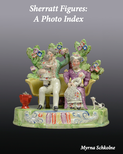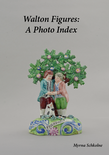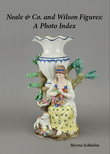Have you noticed how very many Staffordshire figure groups have a little dog tucked somewhere on the base? Dogs are commonplace in early 19th century Staffordshire figure groups. Stand-alone models in all shapes and sizes abound. But the same can't be said of cats. Ever wondered why?
In the early 1800s, distinct dog breeds were recognized, but cats were just cats. Because the cat roams at night and man had not yet learned to control its breeding, cats lacked the status of other pedigreed animals. In parts of the country, cats were still associated with superstitious folklore that linked them to the netherworld and made them the target of sadistic school yard games. All this made cats distasteful subjects for upwardly mobile middle class decor. And our potters were savvy entrepreneurs....hence the relative rarity of cat figures.
To give our cat story a happy ending, let me add that in the Victorian era cats were increasingly considered hearth side companions and small family members. In 1871, England's first cat show gave legitimacy to these long overlooked companions...but the potter who fashioned John Howard's cat must have known this time would come.
